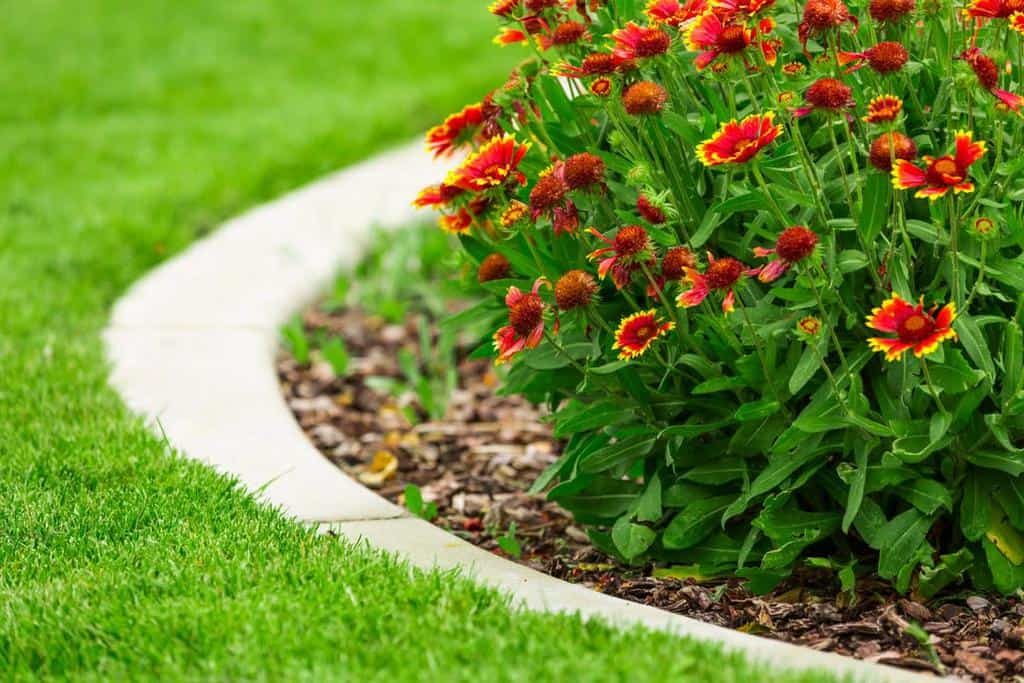
11 Garden Edging Ideas for a Sharp Yard
“The glory of gardening: hands in the dirt, head in the sun, heart with nature. To nurture a garden is to feed not just on the body, but the soul.” – Alfred Austin
When designing your garden, you need to think beyond the type of mulch you want to use and the plants you want to grow.
There’s one small piece of your garden that many people treat as an afterthought or don’t consider at all. This is a big mistake and, ultimately, will make your outdoor space look sloppy. Garden edging is a must to give your garden a crisp outline and make it look well cared for.
These creative garden edging ideas can help you figure out how to finish off the edge of your garden to give it a professional look.
1. Red Bricks
Create a classic, timeless look in your garden with red bricks. Lay them flat in a single row for a sleek border, or stand them upright in a zig-zag pattern for a more dynamic edge. This versatile material complements both traditional and modern gardens, adding a warm, inviting tone.
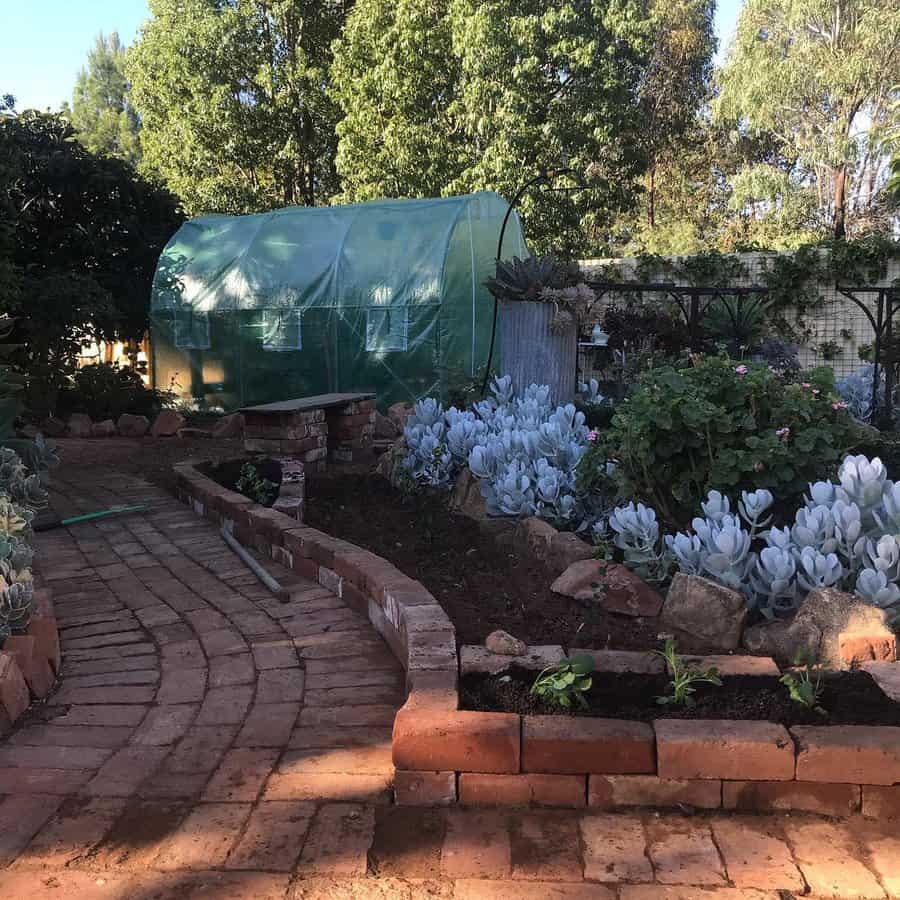
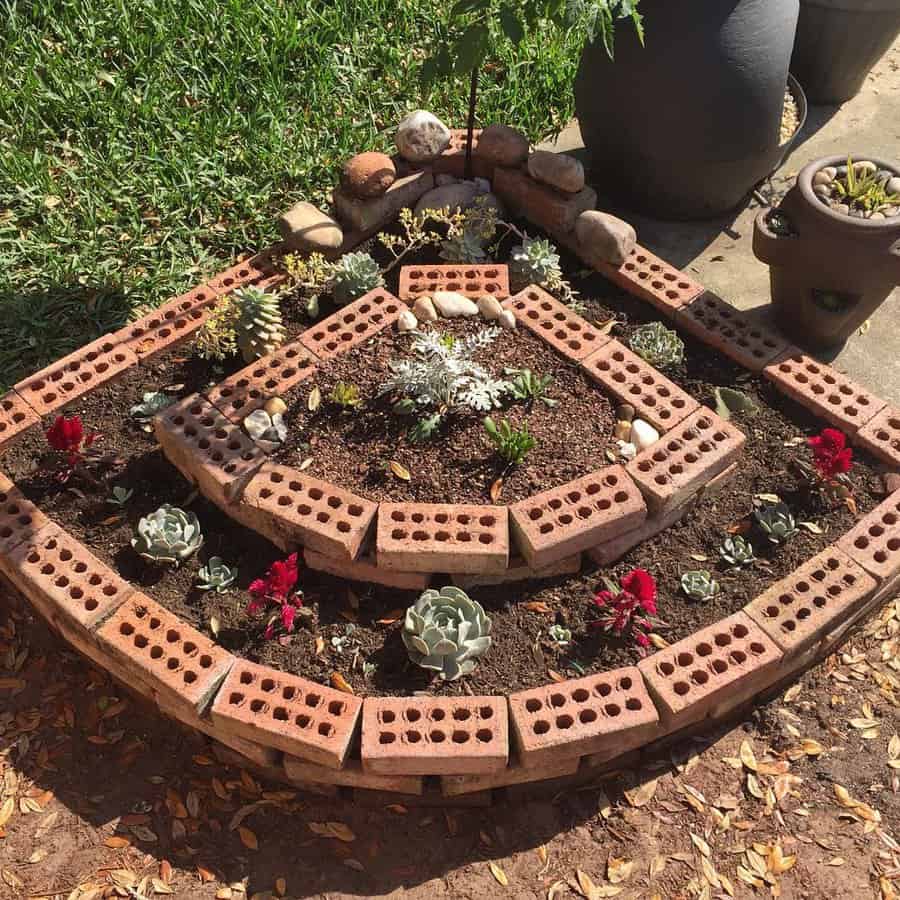
2. Curved Steel
For a contemporary, minimalist edge, consider curved steel. Its sleek lines and shiny finish offer a modern twist, bending easily to follow the natural contours of your garden. It’s also durable and low maintenance, resisting rust and weather elements.
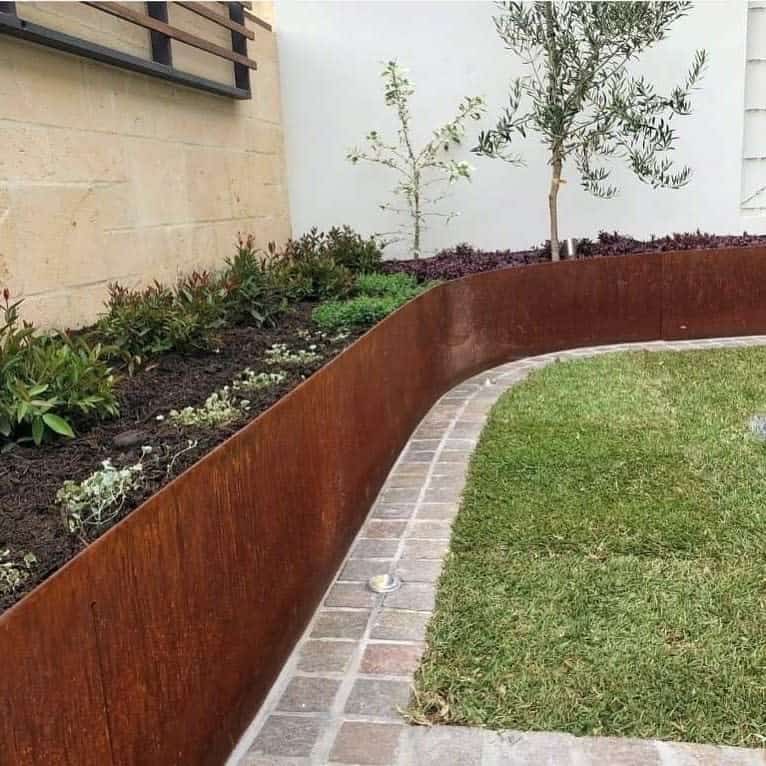
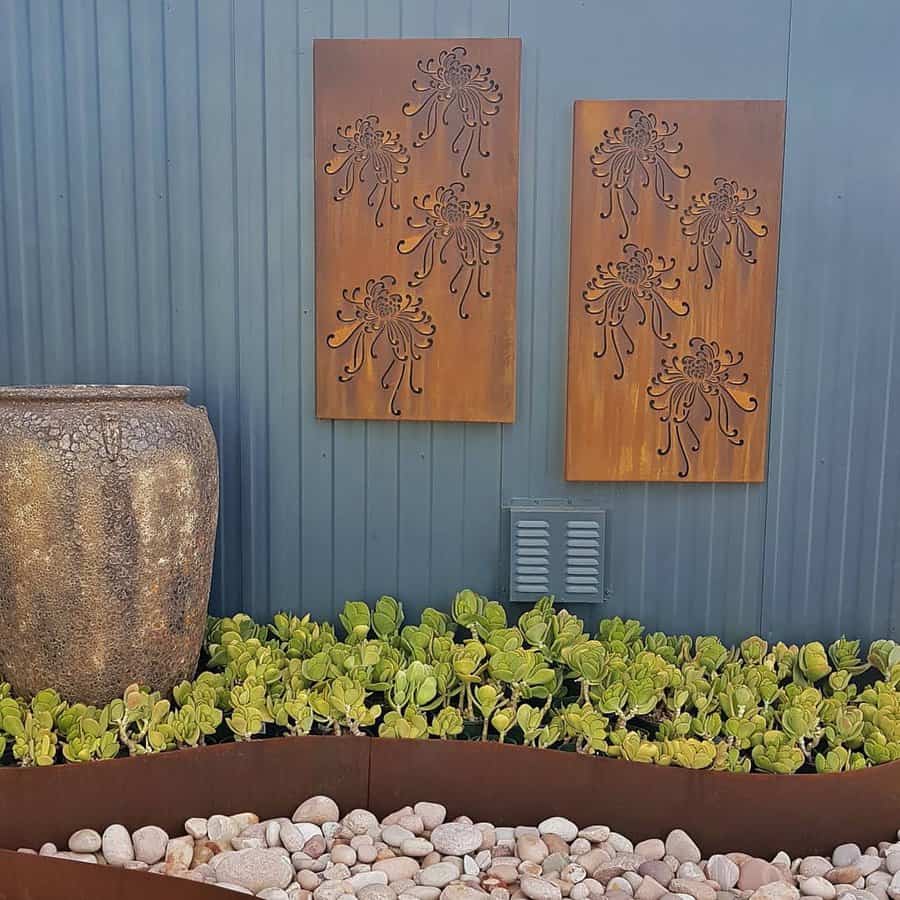
3. Stone Edging
Natural stone edging brings a rustic charm to any garden. Choose from various sizes and colors to match your landscape theme. Laying them in a staggered pattern can create a more natural, organic look, while a uniform height gives a cleaner, more formal appearance.
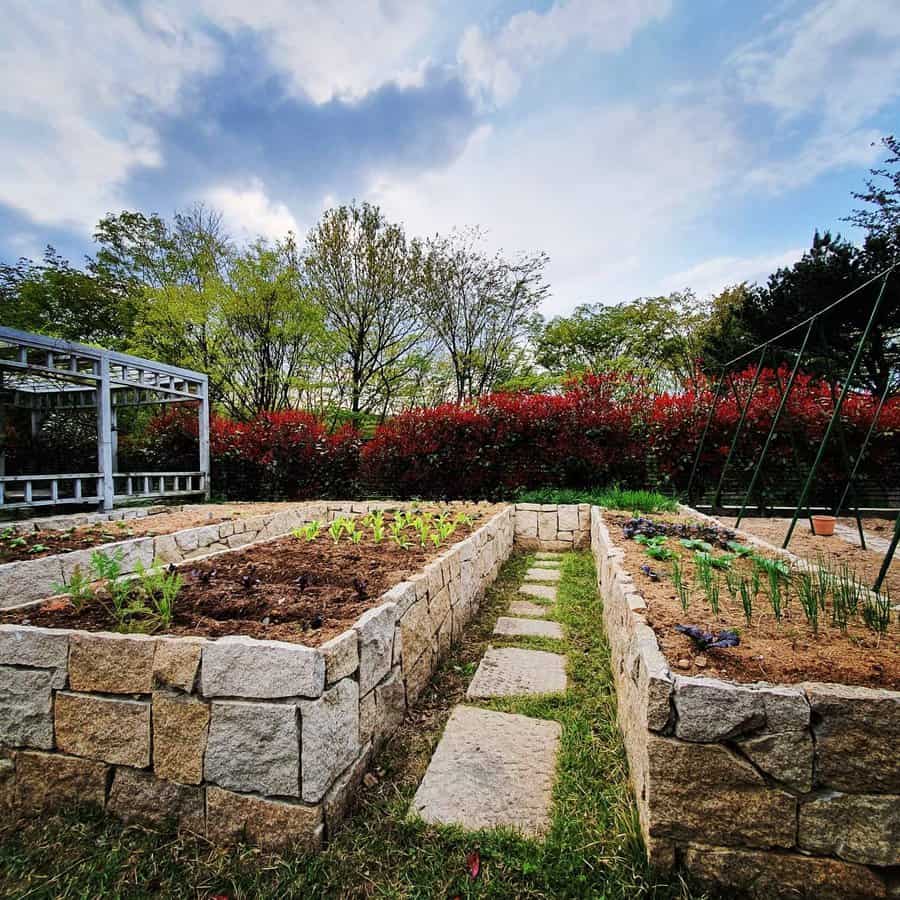
4. Wooden Pallet
Repurpose wooden pallets for a cost-effective and eco-friendly garden edge. Dismantle them and use the slats horizontally for a country-style look or vertically for a more contemporary feel. Seal or paint the wood to enhance durability and match your garden’s aesthetic.
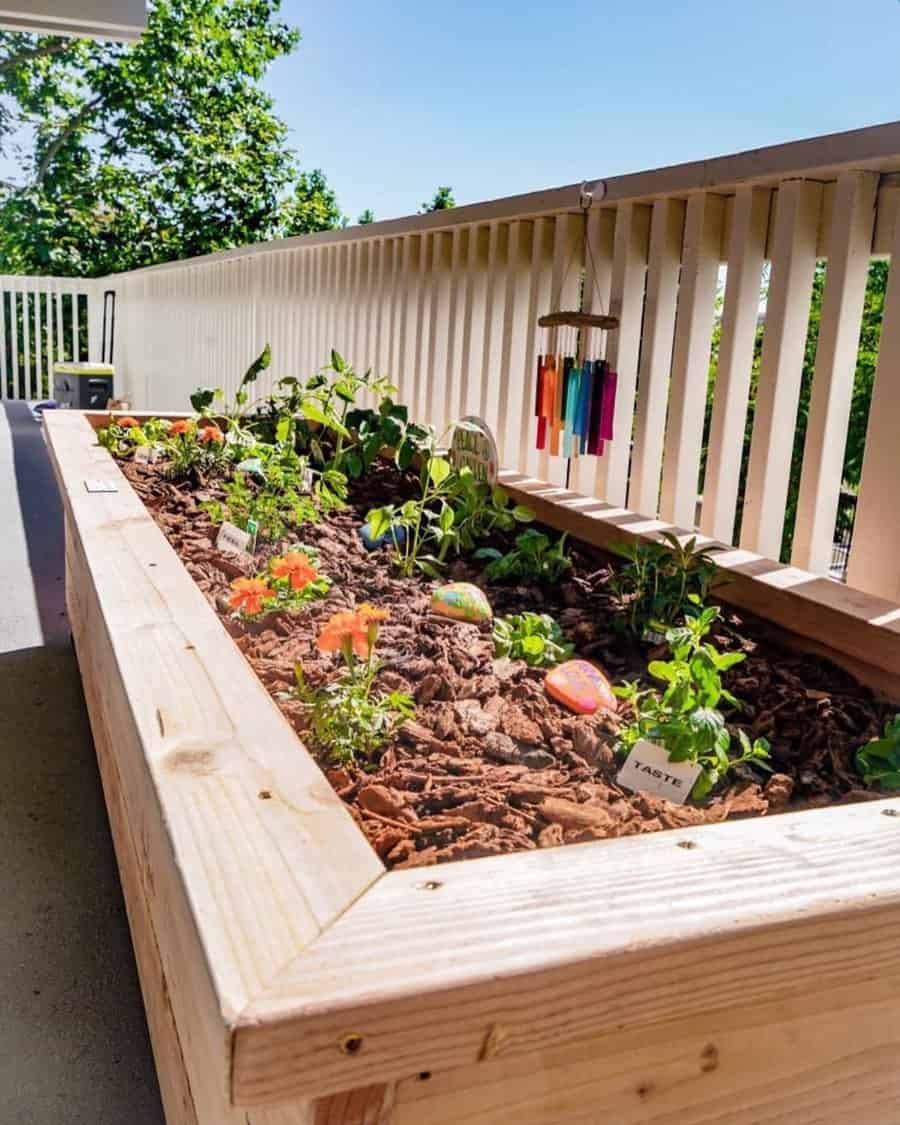
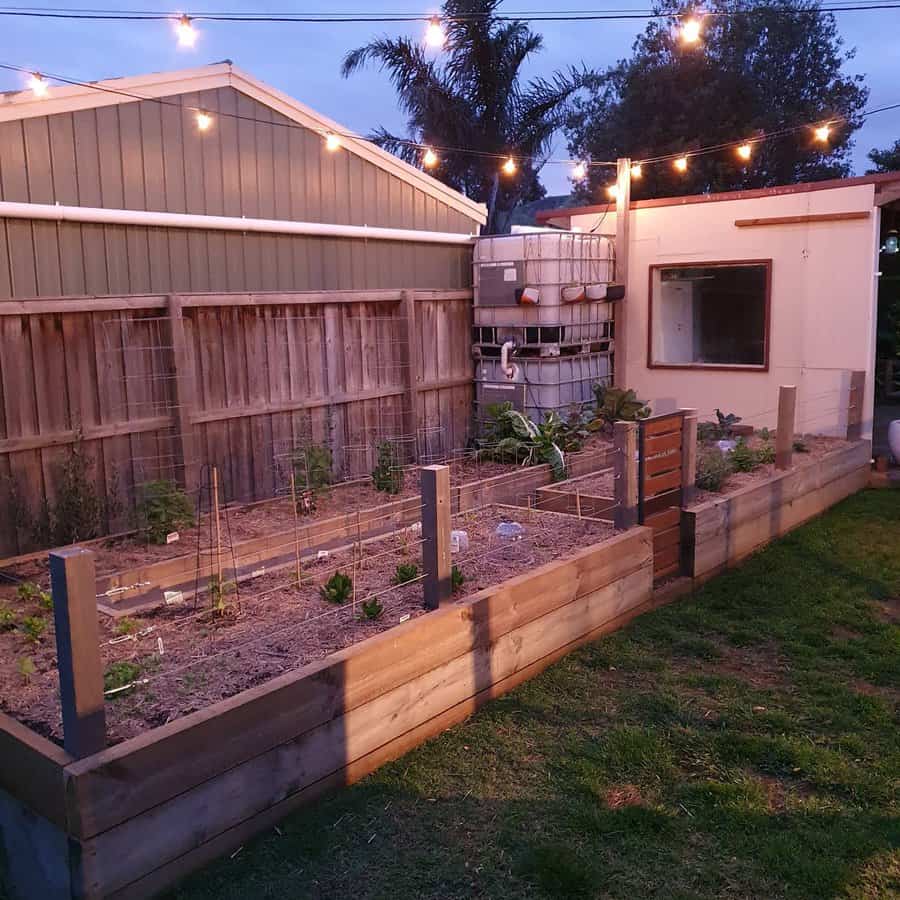
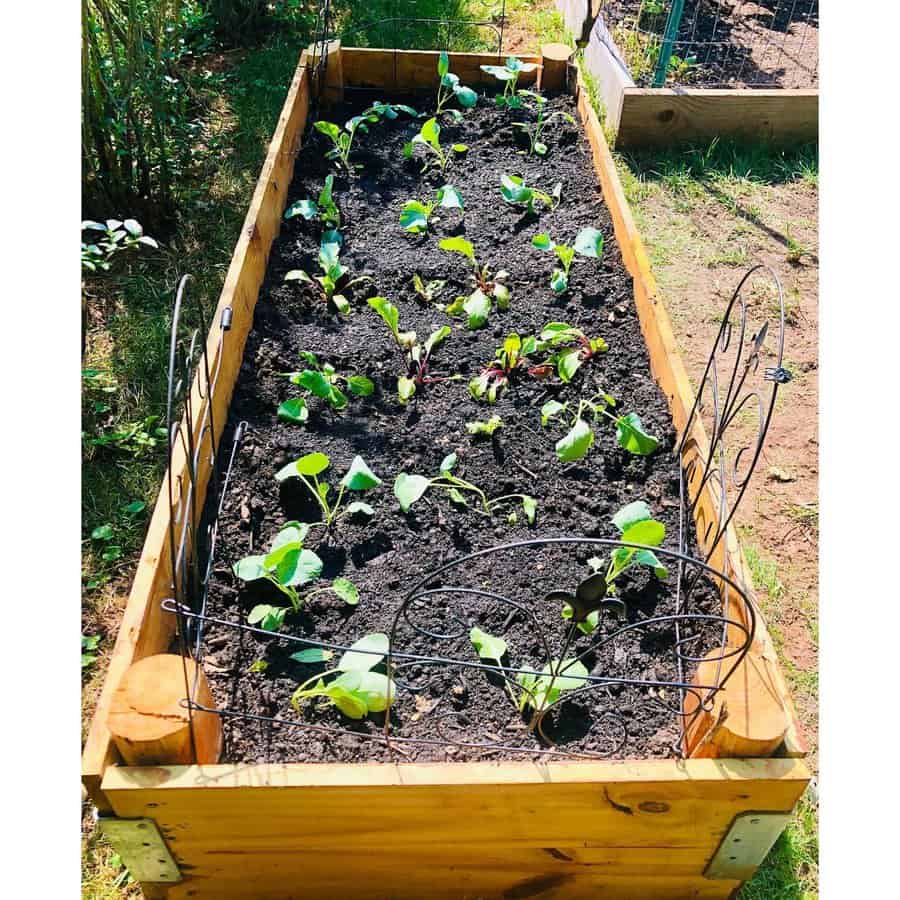
5. Repurposed Concrete Roofing Tile
Give old concrete roofing tiles a new life as garden edging. They offer a unique, rugged look and can be arranged in various patterns. Their weight keeps them in place, and their weathered appearance adds character to both flower beds and pathways.
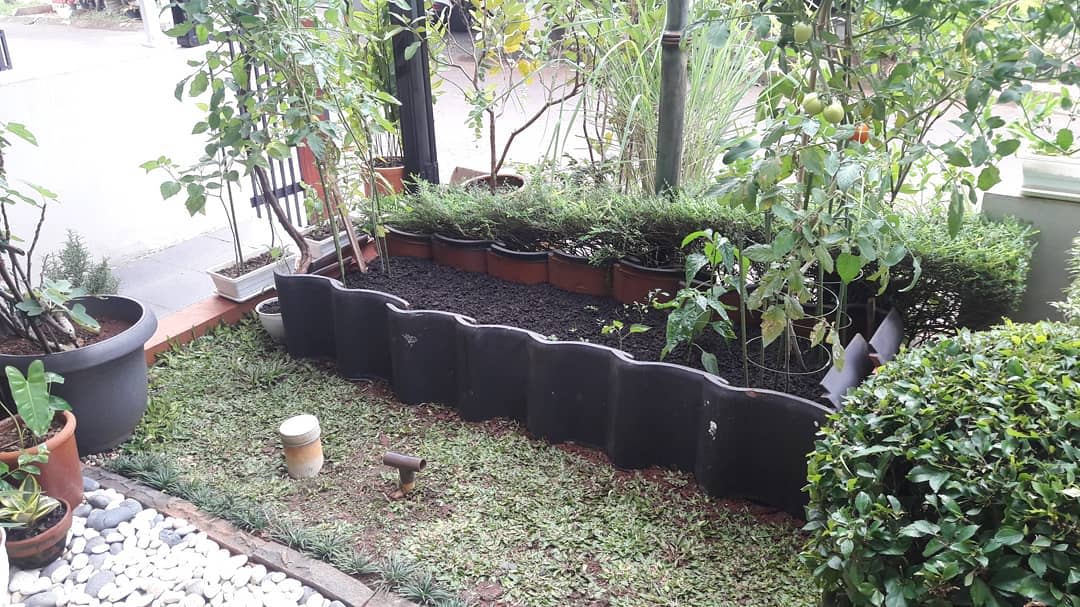
6. Grass Trimming
For a neat, manicured garden, precise grass trimming is key. Use a string trimmer to maintain a clean line where your lawn meets the garden beds. This simple, cost-effective method enhances the overall tidiness and definition of your garden.
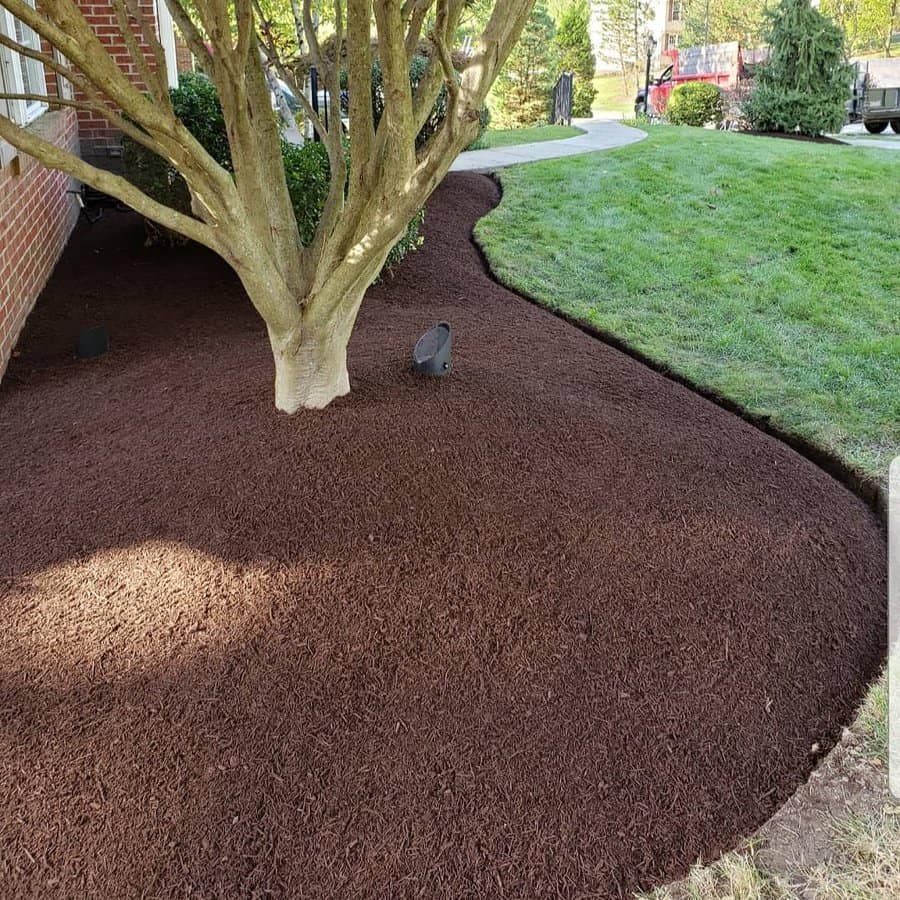
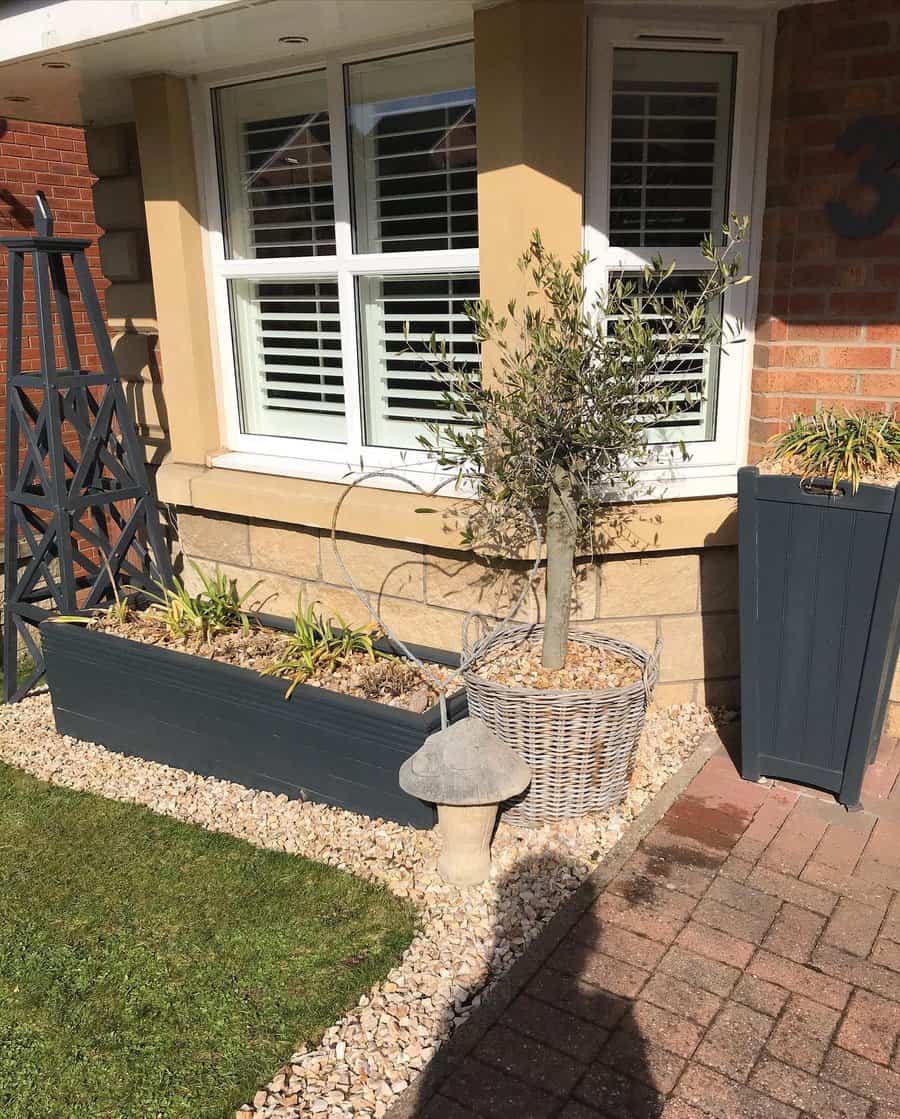
7. Concrete Blocks
Concrete blocks are a sturdy and versatile option for garden edging. They can be laid in a simple row for a modern look or stacked for a tiered effect. Fill their holes with soil and plant small flowers or succulents for added beauty and functionality.
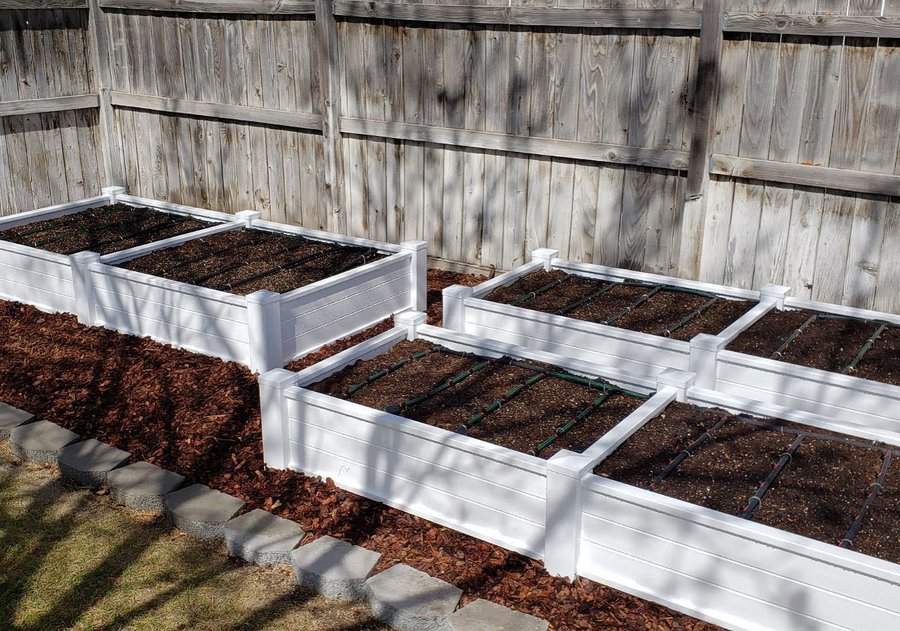
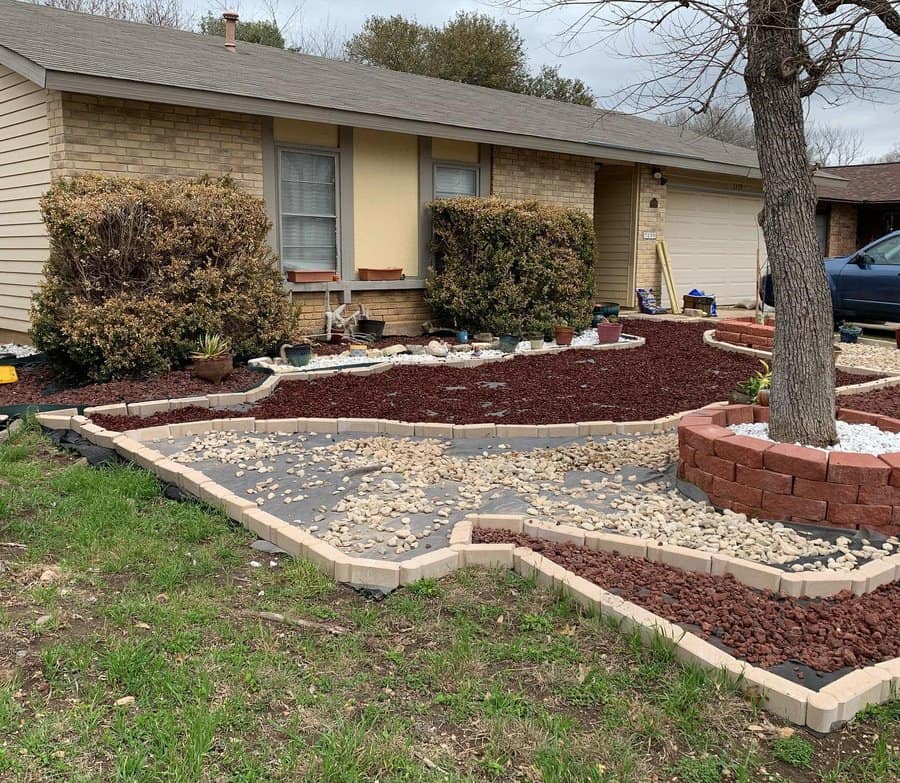
8. Wood Planks
Utilize wood planks for a straight, clean edge that adds a natural, rustic charm. They can be cut to any length, making them ideal for custom-shaped gardens. Treat the wood to prevent rot and termite damage, ensuring a long-lasting border.
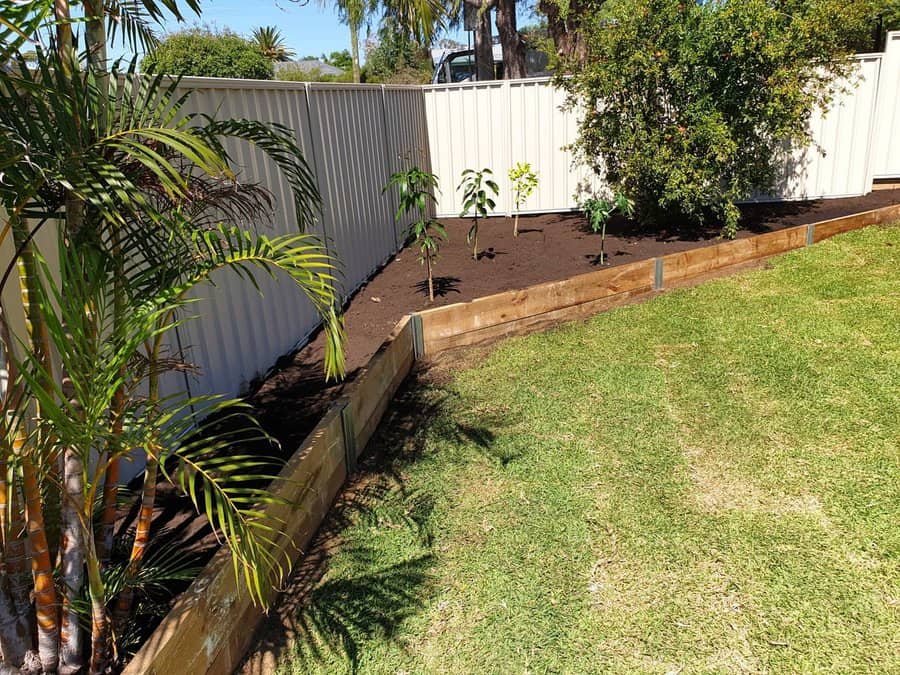
9. Rocks
Rocks, whether large or small, add a natural element to your garden edging. They’re perfect for creating a relaxed, informal border and can be arranged in a single row or stacked for a more dramatic effect. Mixing sizes and colors can add texture and visual interest.
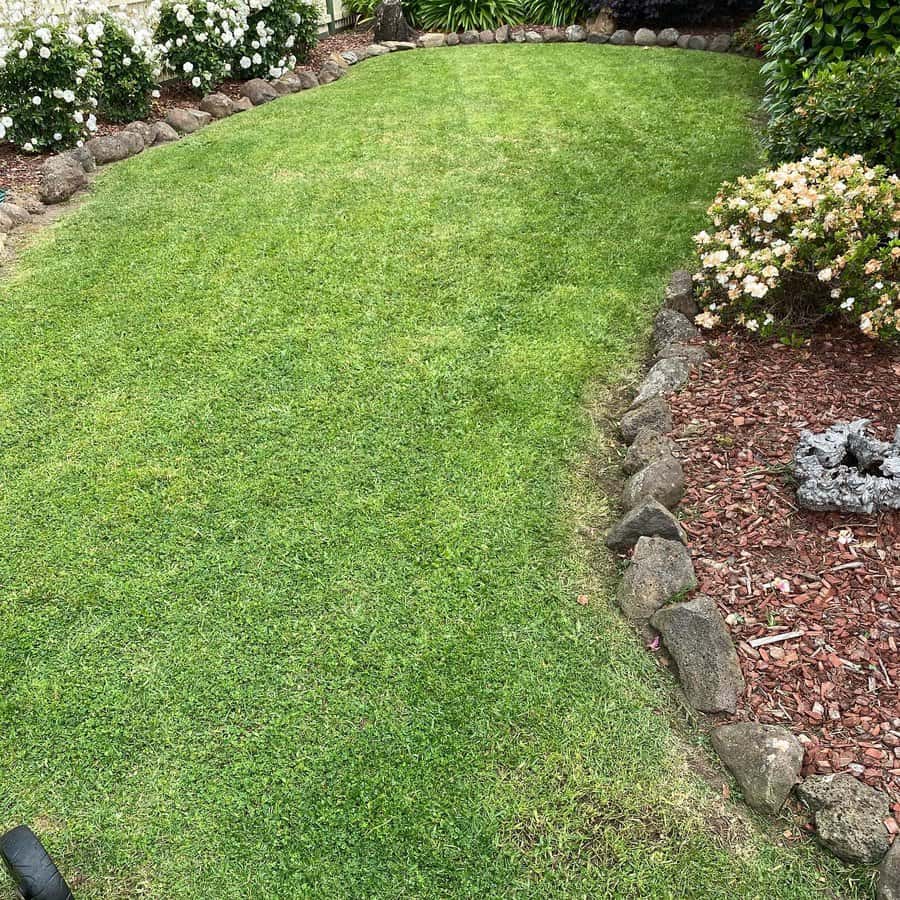
10. Wooden Fence
A low wooden fence not only serves as a garden edge but also as a decorative feature. Paint it to match your outdoor decor, or leave it natural for a more rustic look. This option is great for keeping small pets or critters out of your garden beds.
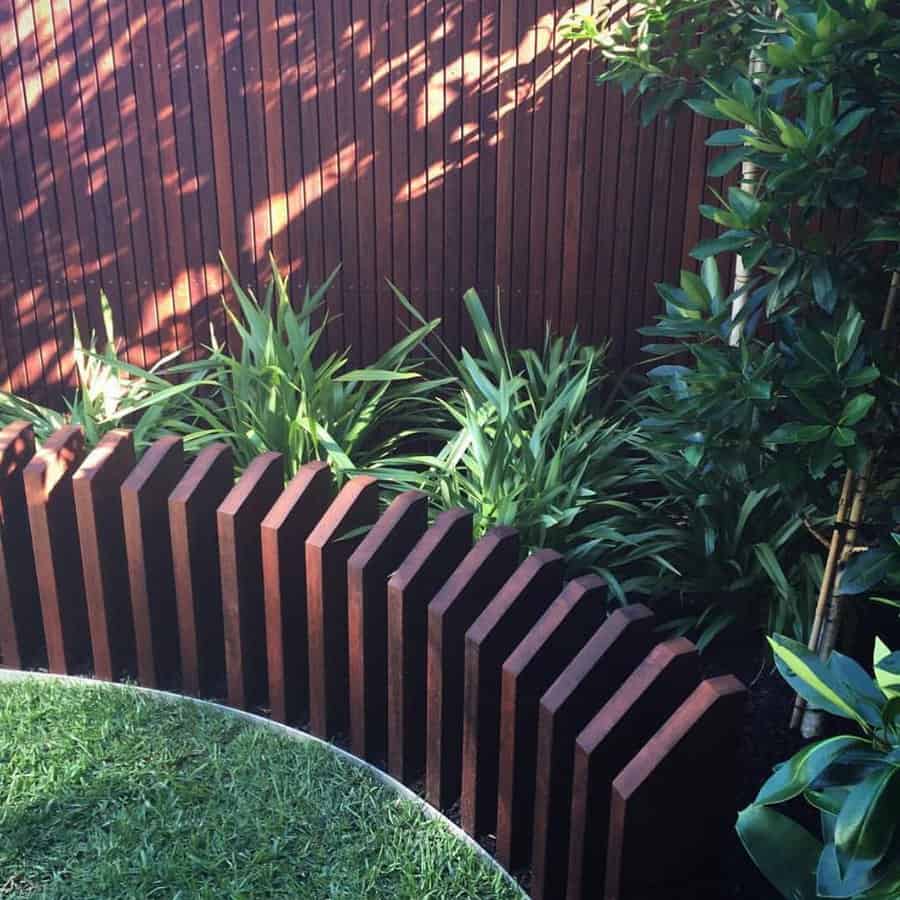
11. Corrugated Steel
Corrugated steel offers a unique, industrial look for garden edging. Its wavy pattern adds texture, and its metallic sheen catches the light beautifully. This material is particularly durable, standing up to harsh weather conditions without needing much maintenance.
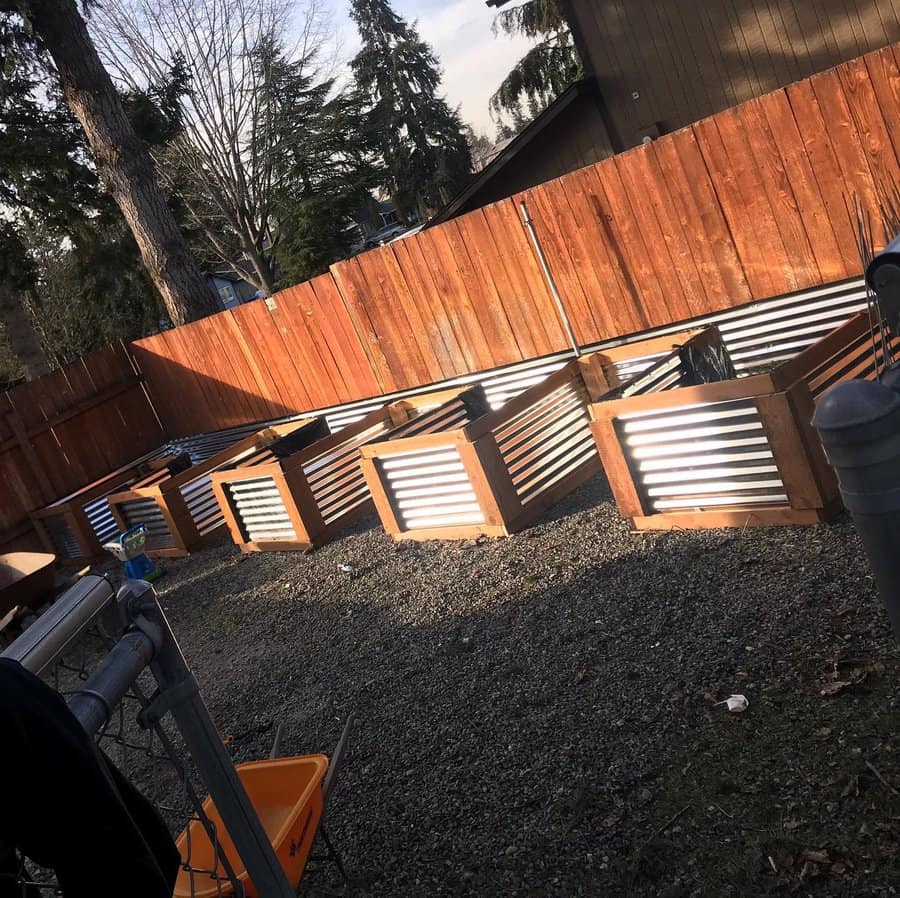
Garden Edging FAQs
The cheapest material you could use for your garden edging would be cinder blocks. They are readily available, and you can stack them yourself. Scrap wood is also cheap but may not be as durable as the blocks. If you live in a rural area, you can use wood logs that you find in the woods.
If not properly installed, plastic edging can look cheap. However, if you invest in a high-quality option and install it correctly, you can have a beautiful garden edge.
If you want to create a natural edge, use a flat-edged shovel. Hold it at a 90-degree angle to the ground and dig straight down. Go deep enough to get beyond the grassroots. Then dig a second slice that’s angled at a 45-degree angle.
It should be on the side of the bed, and the bottom of the slice should connect with the straight down slice. Remove the extra soil between these two slices to create a trench that goes straight down next to the grass and gently slopes out towards the garden bed.
